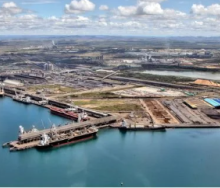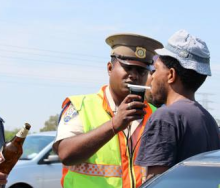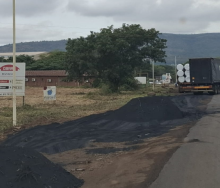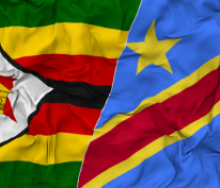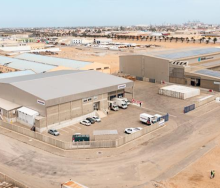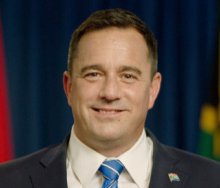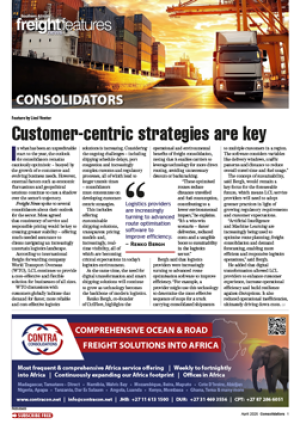DHL Group and heavy vehicle maker Scania have teamed up to develop an electric truck with a fuel-powered generator, making it possible to shift to battery-electric road transport without having to wait for a complete charging network.
While fully electric vehicles are the ultimate solution in a sustainable transport system, a major hurdle is the lack of charging points, the high costs of ensuring enough charging capacity at the depots during seasonal peaks, the strain on the grid and high spot prices for electricity on calm winter days.
“This is where DHL’s and Scania’s Extended-Range Electric Vehicle comes into the picture,” says DHL Group CEO Tobias Meyer. “The vehicle helps to overcome these hurdles while enabling DHL to drive 80-90% on renewable electricity.”
The new e-truck is being deployed by the Post & Parcel Germany division this month (February) for parcel transport between Berlin and Hamburg to test its performance in day-to-day operations before additional vehicles are added to DHL’s fleet. The fuel-powered generator replaces one of the battery packs in a fully electric truck not needed for the majority of the transport routes, thus reducing the range coming from the batteries, but providing back-up energy.
The vehicle has a possible range of 650 to 800 kilometres (subject to the findings of the test in Berlin) and can be refuelled at any conventional petrol station if needed. This compares with the 550 kilometres of Scania’s most modern 100% electric trucks with an equivalent maximum weight.
“It is going to take some time before renewable electricity, the grid and charging infrastructure are available and robust enough to rely fully on battery-electric trucks, especially for a large-scale system like the German parcel network of DHL. Instead of waiting for this day to come, DHL and Scania are collaborating on a pragmatic solution for making logistics more sustainable and reducing CO2 emissions by more than 80%,” said Meyer.
Christian Levin, CEO of Scania, commented: “The future is electric, but perfect must not be the enemy of good as we are getting there. The vehicle we have developed together with DHL is an example of an interim solution that can enhance the scaling of decarbonised heavy transport before the transport system eventually becomes 100% electrified. An effective climate transition requires policymakers to accept such solutions while ramping up their investments in public infrastructure and other enabling conditions.”


